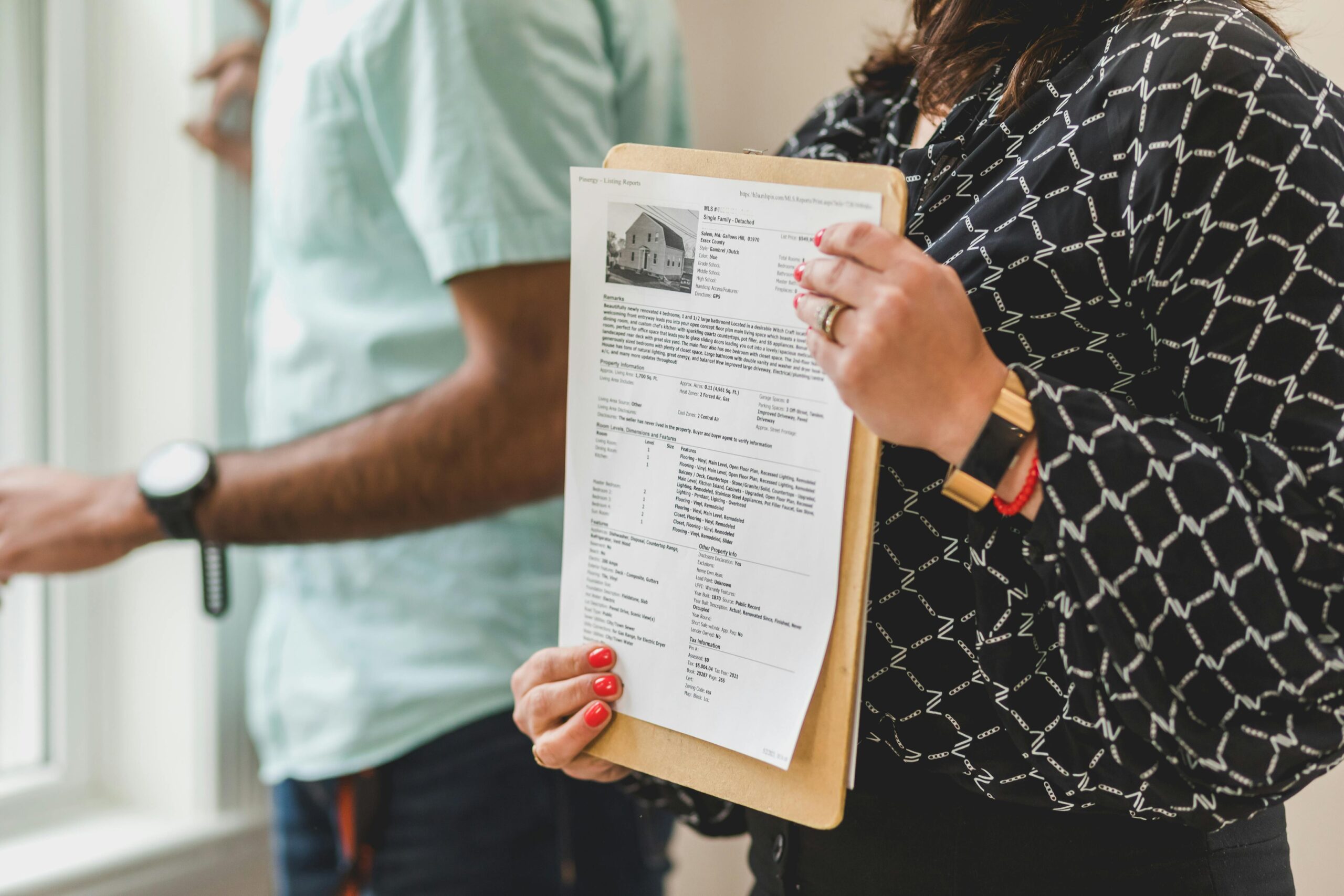
In British Columbia’s dynamic real estate market, purchasing a new home before selling your current one can be a strategic move, especially in competitive areas like Vancouver, Victoria, and the Okanagan. However, this approach requires careful planning to manage financial risks and logistical challenges. Here’s how to navigate this process effectively.
1. Understand Bridge Financing:
Bridge financing is a short-term loan that allows you to access the equity in your current home to fund the down payment on a new property before your existing home sells. These loans typically have terms ranging from 30 to 60 days, although some lenders may offer terms extending up to 12 months, depending on your financial situation.
- Eligibility: Generally, lenders will require a firm sale agreement on your current home to approve bridge financing.
- Costs: Be prepared for interest rates that can range from prime plus 2% to 5%, along with processing fees typically between $300 and $600, and legal fees associated with registering the loan.
- Risks: It’s important to understand that if your current home doesn’t sell as anticipated, you could find yourself responsible for both the bridge loan and your new mortgage payments simultaneously.
2. Secure Mortgage Pre-Approval:
Before making an offer on a new home, it’s crucial to obtain pre-approval for a mortgage that considers the possibility of temporarily owning two properties. Some lenders offer mortgage re-casting options, which can allow you to adjust your mortgage terms and potentially lower your monthly payments after your current home is sold.
3. Coordinate Closing Dates Strategically:
A key element of buying before selling is to aim for a closing date for your new home purchase that occurs shortly after the anticipated closing date for the sale of your current home. This careful timing can significantly minimize the period you’ll need bridge financing and reduce the financial strain of carrying two mortgages.
4. Explore Private Lending Options:
If traditional bridge financing isn’t a suitable option, private lenders may offer more flexible alternatives. For example, some private lenders in areas like Victoria may provide interim financing without requiring a firm sale agreement on your existing property, provided the total loan amount doesn’t exceed 75% of the combined value of both properties. While interest rates with private lenders may be higher, this can be a viable solution in certain circumstances.
5. Be Aware of Tax Implications:
As of January 1, 2025, British Columbia has implemented a home flipping tax that can reach up to 20% on profits from properties sold within two years of purchase. This tax is designed to discourage speculative real estate practices and applies to various property types, including presale contracts and vacant land zoned for residential use. It’s essential to factor these potential tax implications into your buying and selling timelines.
6. Consult Real Estate Professionals:
Engaging with experienced real estate agents and mortgage brokers who have a strong understanding of the British Columbia market is highly recommended. They can provide personalized advice, assist in negotiating favorable terms, and guide you through the complexities involved in buying a home before selling your current one.
Buying a new home before selling your current one in British Columbia is achievable with careful planning and the right strategies, including understanding bridge financing, strategically coordinating closing dates, exploring alternative financing options, and being mindful of potential tax implications. By taking these steps and seeking guidance from experienced professionals, you can navigate this process effectively and make informed decisions that align with your financial goals.
For more detailed information, you can visit the Government of British Columbia’s guide on buying and selling a home.